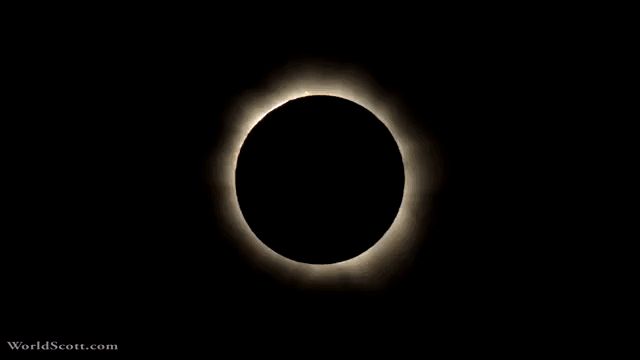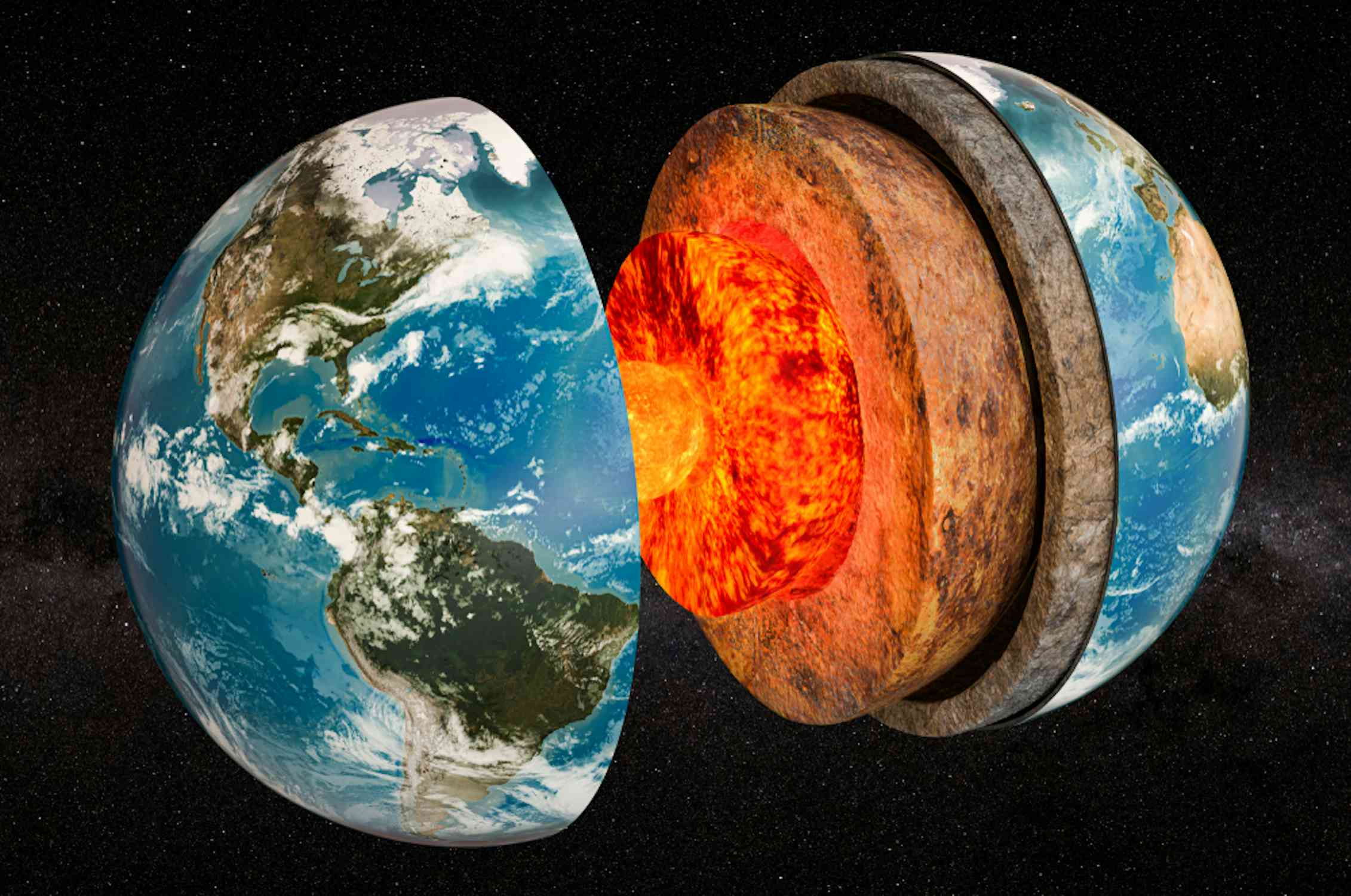- The Earth is the only planet in our solar system on which life exists.
- It is the third nearest planet to the Sun and it is ranked fifth in terms of size in our solar system.
- Earth is almost identical to Venus. Moon is the only naural satellite of the Earth. Earth is also called as Blue Planet.
- The shape of the Earth is Geoid and Geodesy is a branch of science that deals with measuring the Earth's size and shape.
- As a celestical body, Earth like other bodies have different spatial motions. They are rotation, revolution, tiltation of axis etc.
- Earth rotates on its own axis from West to East once in every 24 hours and it causes day and night.
- Earth revolves around the Sun in an elliptical orbit once in every 3651/4 days and is responsible for changing of seasons on Earth.
- The rotational axis of the Earth is titled and the angles of tilt is about 23.5 degree with respect to the normal to the plane of the ecliptic and give rise to varying lengths of day and night.
- 21 March - Spring Equinox
- 21 June - Summer Solstice
- 23rd September - Autumn Equinox
- 22nd December - Winter Solstice
Earth's Position with Respect to Sun
- Pherihelion is the position of Earth in its orbit when it is nearest to the Sun.
- It happens on 3rd January and the distance is 147 million kilometer.
- Aphelion is the position of Earth in its orbit when it is farthest from Sun.
- It Happens on 4th July and the distance is 152million kilometer.
Earth's Postion with Respect to Moon
- Apogee is the position of Moon when it is at farthest distance from Earth. 417000 km.
- Perigee is the position of Moon , when it is at nearest distance from Earth.
Eclipses
- The total or pratial convering by shadow of one celestial body by antoher is called eclipses. There are two majorly studied types of eclipses and they are solar eclipse and lunar eclipse.
- Lunar Eclipse It is the situation when the Earth comes in between the Sun and the Moon. It occurs only a full Moon day.
- Solar Eclipse It is the sitution when the Moon comes in between Sun and Earth.
- Blue Moon The second full Moon in one calender month is called a Blue Moon and it occurs approximately every 3 years.
 |
| Lunar Eclipse |
 |
| Solar Eclipse |
 |
| Blue Moon Eclipse |
Earth's Interior
The interior of Earth is divided into three parts
1. The Crust
- The crust is outermost layer and thinnest layer of the Earth.
- This layer has the least density and its thickness varies about 8 to 40 km.
- The uppper parts of the EArth's crust consists of silica and aluminium in greater proportions. Thats why, it is called SIAL.
- The temprature and pressure increases as we go deep inside the Earth.
2. Mantle
- This layer is the intermediate layer of the Earth in terms of both its location and density.
- It is about 2900 km is thickness, composed of minerals in a semi-solid state.
- It is divided into further two layer, upper mantle is called the Asthenosphere, which is about 250km thick.
- Silica and Magnesium is found in this layer, so its called as SIMA.
- The average denisty of this layer is 5.68 gm/cm3.
3. Core
- The core is the innermost layer of the Earth and occupies its centre. The thickness of th ecore is about 3500km.
- It is further divided into two parts- the outer core and the inner core.
- The outer core is probably in a liquid state and the inner core in a solid state.
- The core mainly consists of nickel and ferrous (iron), hence , it is called NIFE.
- The temprature of the core is between 2200 degree to 2750 degree Census.
- Density of this part of the Earth is 13.6 gm/cm3 and is many times greater than the average density of the Earth (5.53 gm/cm3).
 |
Earth Interior
https://youtube.com/channel/UCKAVeM_5ZluabFXVoUtDOiw |







Comments
Post a Comment